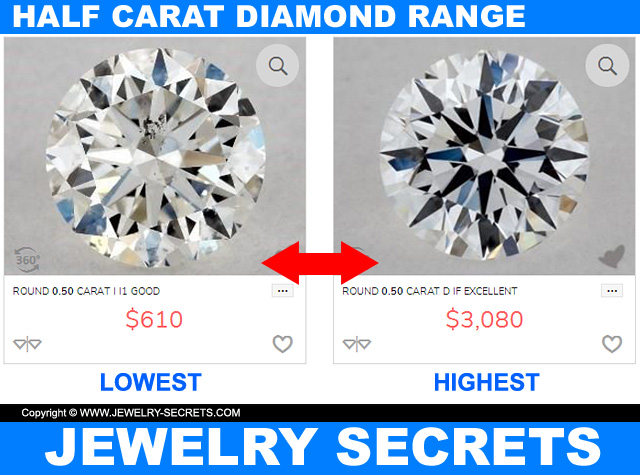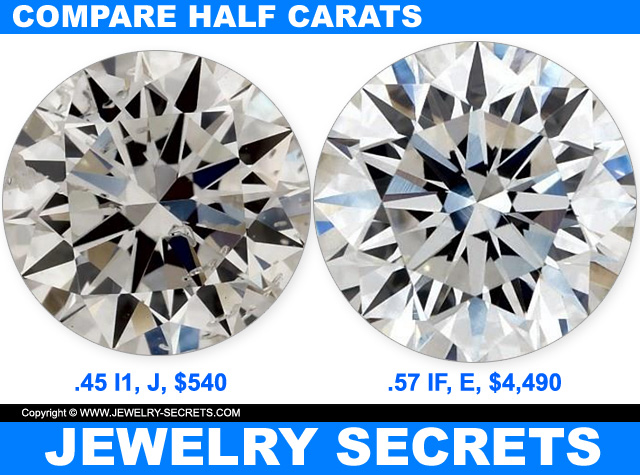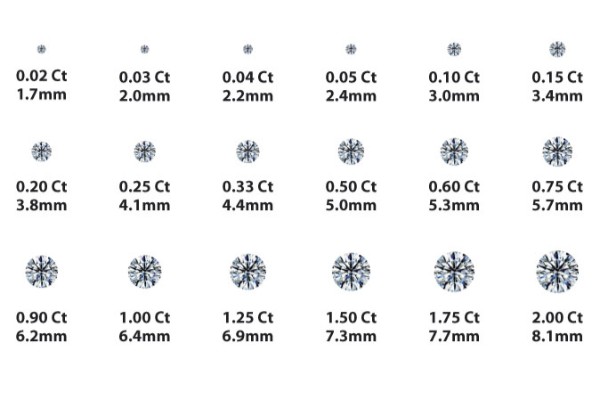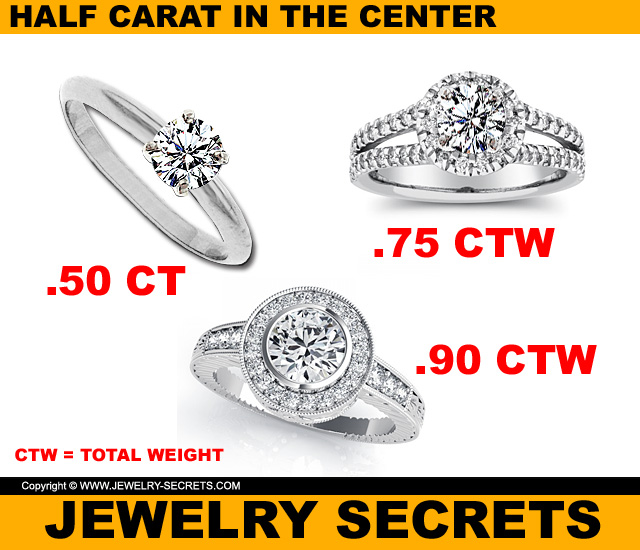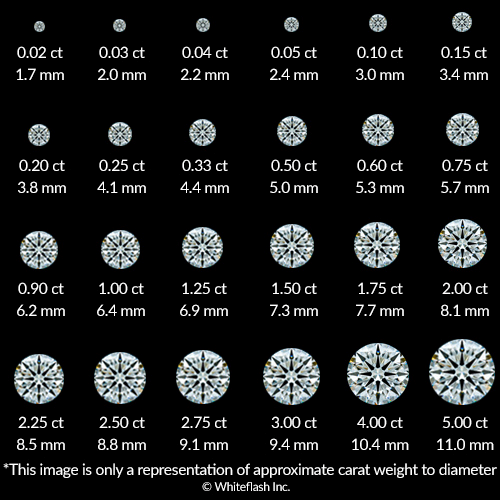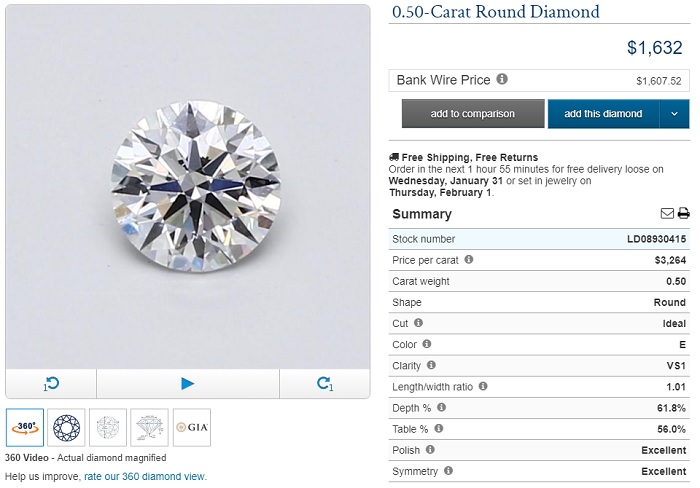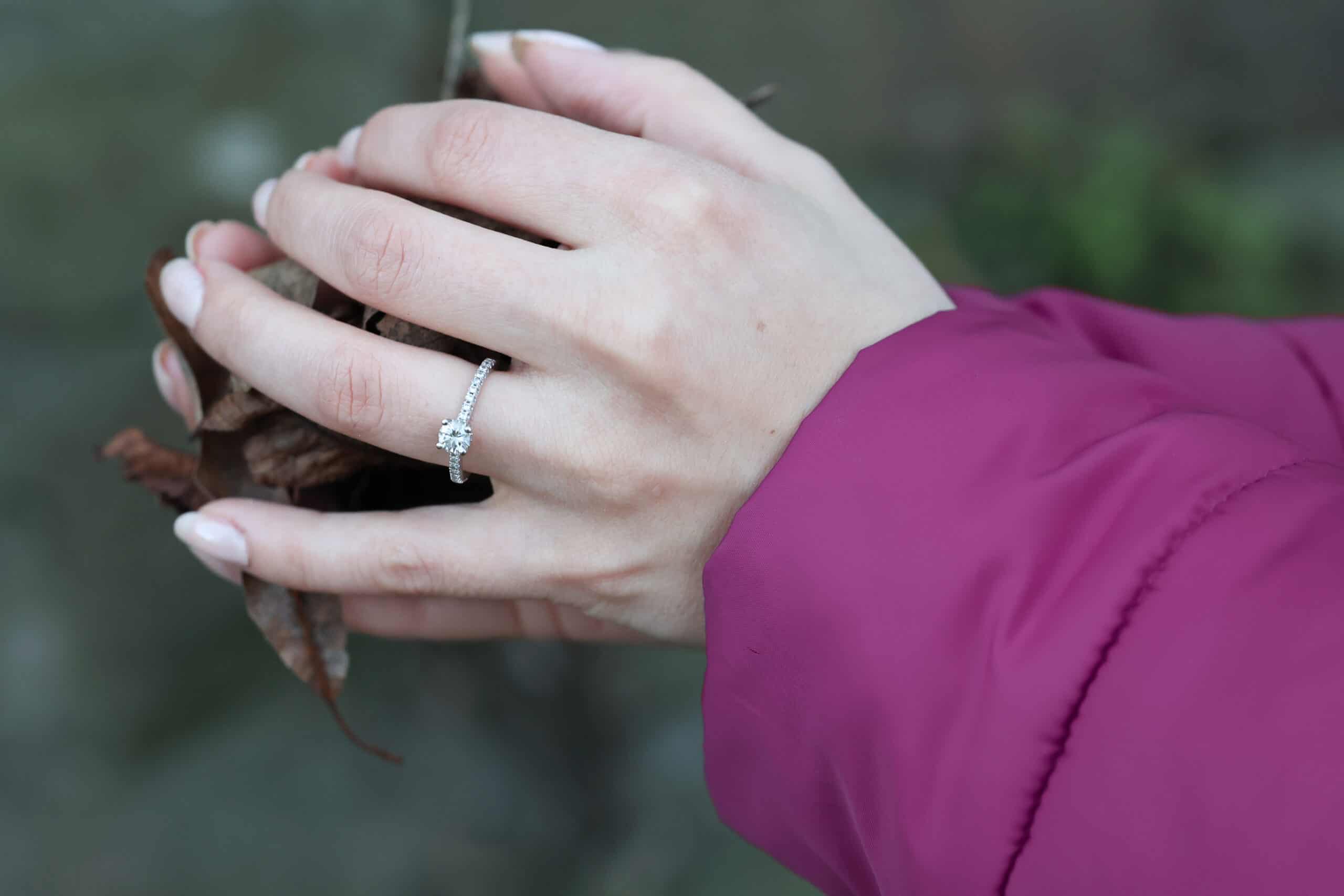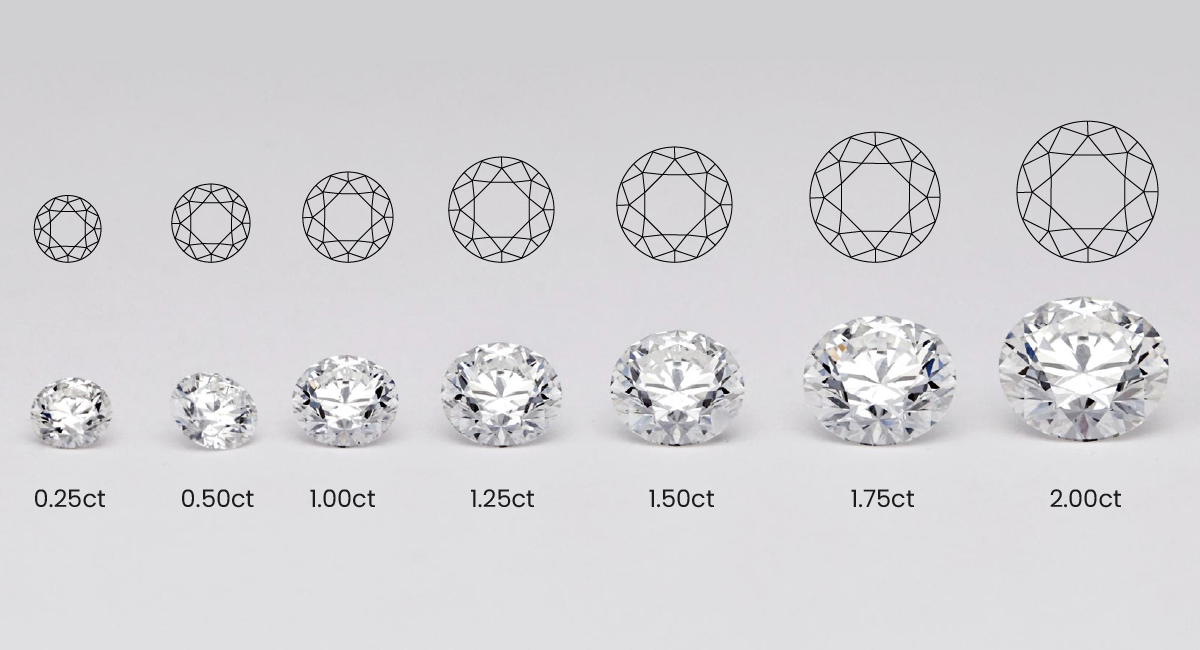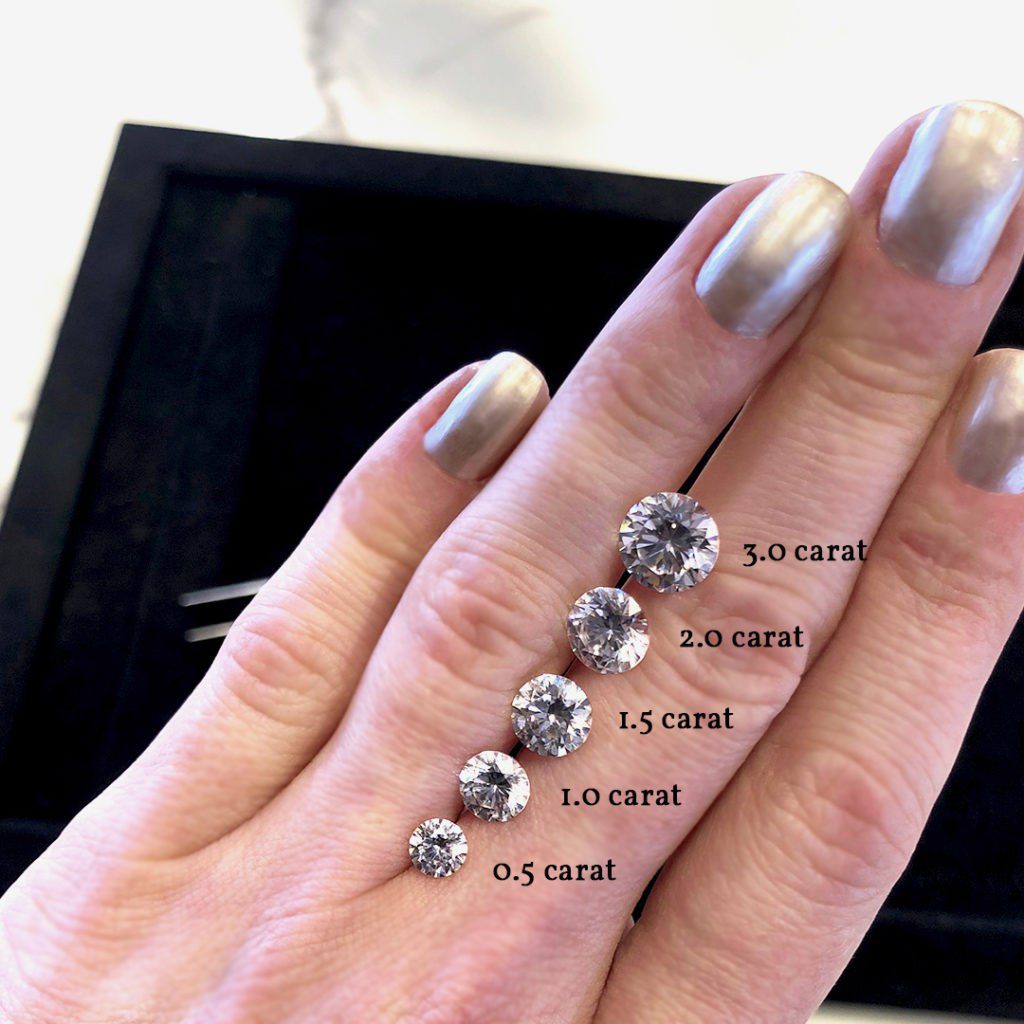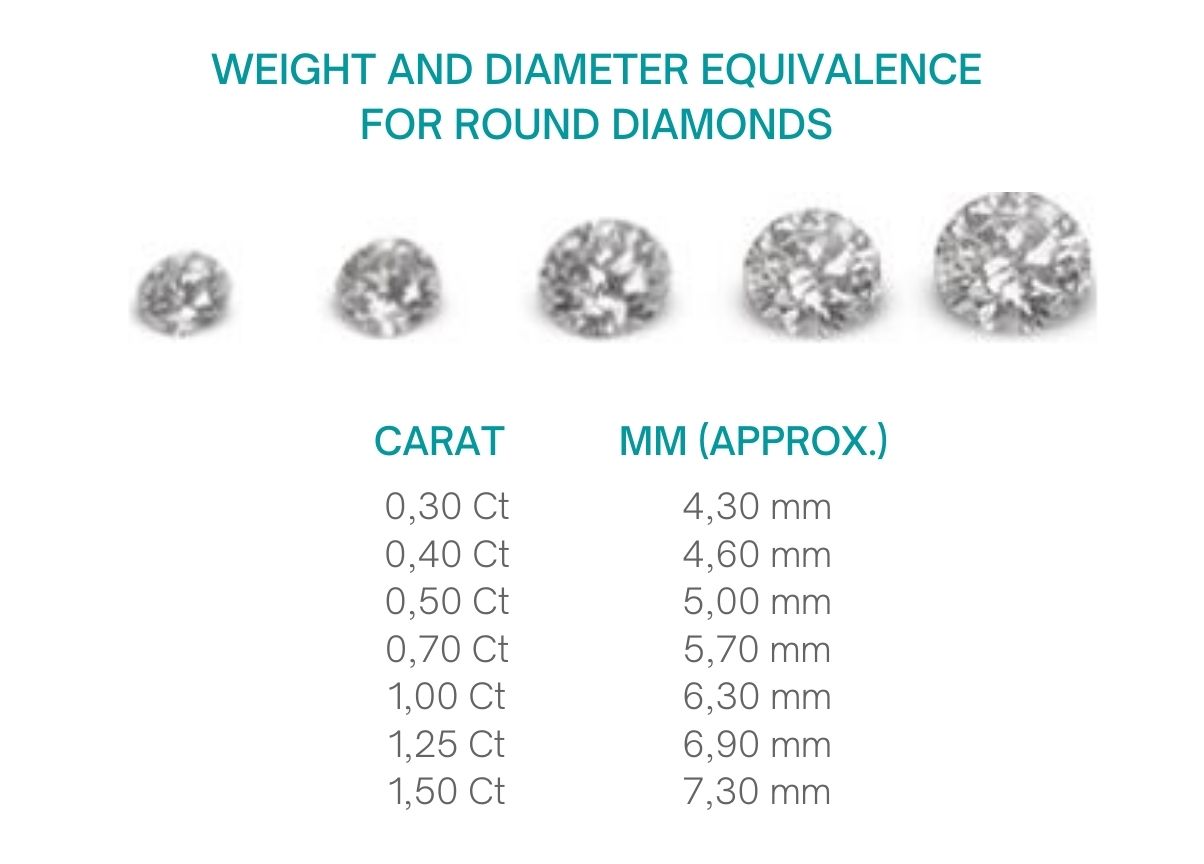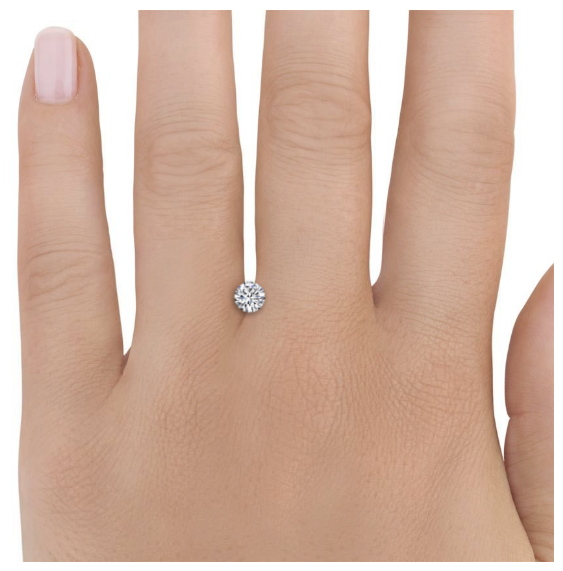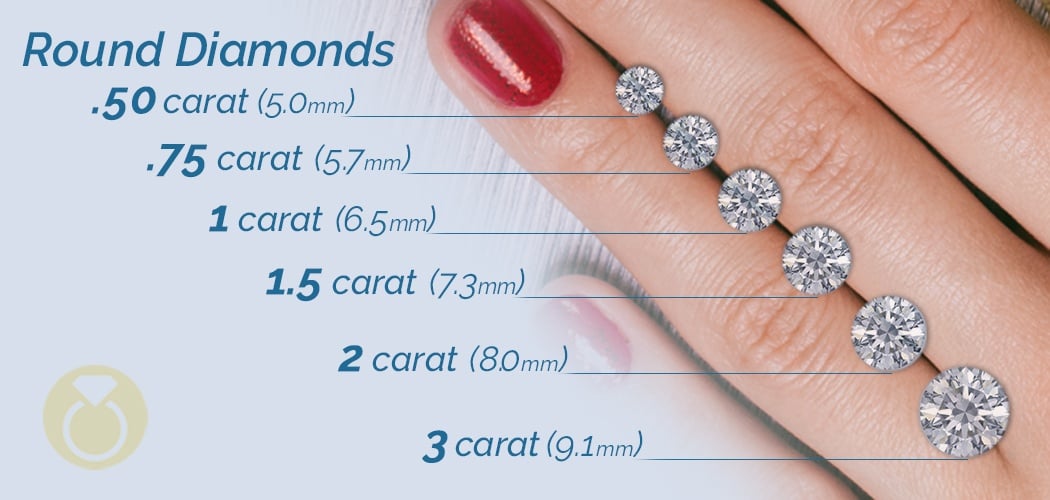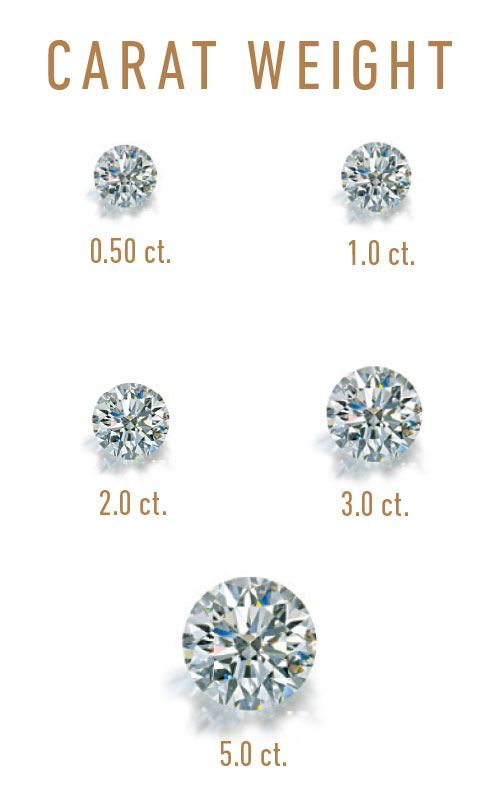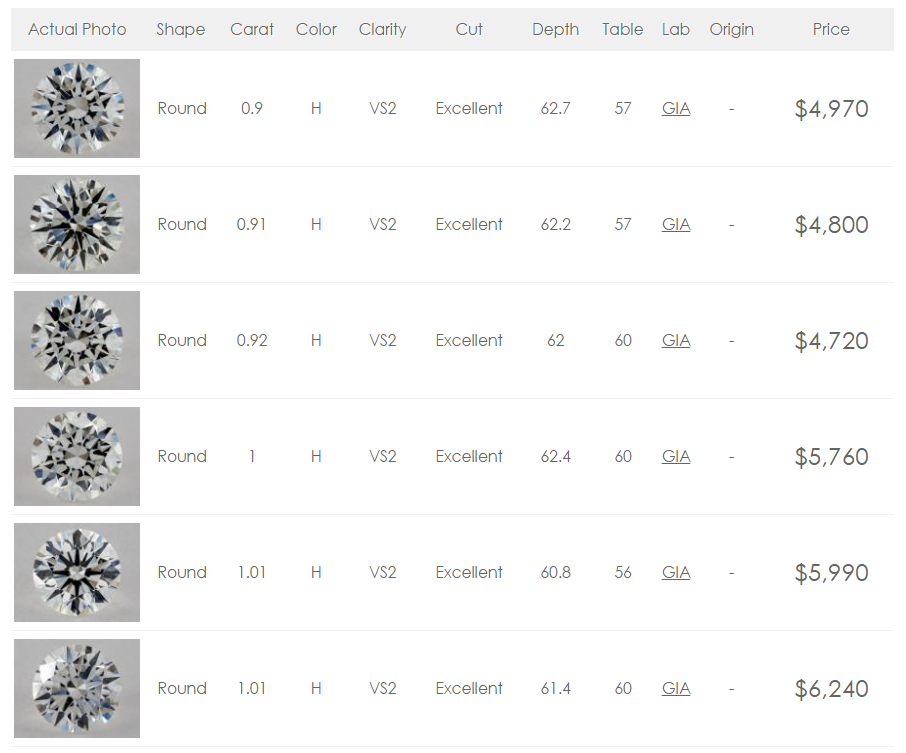What Is The Value Of A Half Carat Diamond
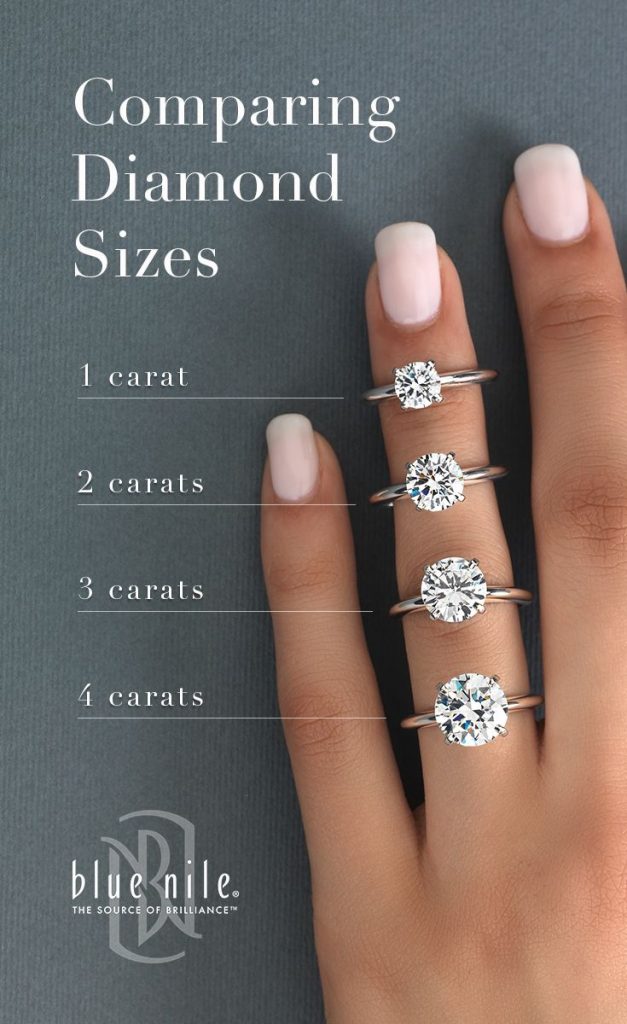
The allure of diamonds has captivated humanity for centuries, but understanding their actual value can be complex. A common question for prospective buyers, particularly those considering engagement rings or other fine jewelry, is: what is the value of a half-carat diamond?
Determining the value of a half-carat diamond isn't straightforward; it’s influenced by a range of factors beyond just size. The "Four Cs" – Cut, Clarity, Color, and Carat weight – are the primary drivers. The interplay of these characteristics dictates the diamond's price in the market.
The Four Cs and Their Impact
Cut refers to how well a diamond's facets interact with light. A well-cut diamond sparkles more intensely, increasing its desirability and value. The Gemological Institute of America (GIA) grades cut on a scale from Excellent to Poor.
Clarity assesses the presence of inclusions (internal flaws) and blemishes (external imperfections). Fewer imperfections generally equate to higher clarity and, consequently, a higher price. Clarity is graded on a scale ranging from Flawless to Included.
Color actually refers to how white a diamond is. The less color present, the higher the grade. GIA grades color on a scale from D (colorless) to Z (light yellow or brown). D-F diamonds are considered colorless and are the most valuable.
Finally, Carat, as previously mentioned, is the weight of the diamond. One carat equals 0.2 grams. While carat weight is a significant factor, a larger diamond with poor cut, clarity, or color might be less valuable than a smaller, higher-quality diamond.
Price Range for a Half-Carat Diamond
Given the influence of the Four Cs, the price of a half-carat diamond can vary substantially. Generally, you can expect to pay anywhere from $700 to $3,000 for a half-carat diamond. This is just a general range, based on current market prices reported by several jewelers.
A diamond with excellent cut, flawless clarity, and colorless grade (D color) will command a premium price, potentially reaching the higher end of that range. Conversely, a diamond with lower grades in cut, clarity, and color will be less expensive.
It's also important to note that where you purchase the diamond can affect the price. Online retailers often have lower overhead costs and may offer more competitive prices than traditional brick-and-mortar jewelry stores.
Beyond the Four Cs: Other Considerations
The shape of the diamond can also impact its price. Round brilliant diamonds are typically the most expensive shape due to their popularity and the greater waste of rough diamond during cutting. Fancy shapes, such as princess, oval, or emerald, may be less expensive.
Certification from a reputable gemological laboratory like GIA or AGS (American Gem Society) is crucial. A certificate provides an independent assessment of the diamond's quality, giving buyers confidence in their purchase.
Market conditions and economic factors can also play a role in diamond prices. Fluctuations in supply and demand, as well as changes in currency exchange rates, can influence the cost of diamonds.
The Sentimental Value
Beyond the objective factors influencing a diamond's monetary value, there's also its sentimental worth. For many, a diamond represents love, commitment, and a lasting bond.
This intrinsic value can outweigh the price tag, making a half-carat diamond a meaningful and cherished possession, regardless of its market value.
Ultimately, the value of a half-carat diamond is a complex equation, balancing objective characteristics with personal significance. Careful consideration of the Four Cs, reputable certification, and personal sentiment will ensure a worthwhile investment.
